Pack Weight: 50g .
Price : 18 $ USD
Components :
Taraxacum officinalis / Leaves
Centaurium officinale / Buds
Trigonella foenum-graecum / Seeds
Agropyron repens / Roots
TEA 1 :
Herbal infusion made from natural medicinal plants with no side effects.
Indications :
- Type II diabetes
- Peripheral neuropathy
- Diabetic foot
Enhancing Effect:
The effect of Tea 1 is more beneficial when taken along with:
- Infusion 8 for asthenia or fatigue
- Infusion 43 for hypertriglyceridemia
- Infusion 42 for hypercholesterolemia
- Infusion 17 for cardiovascular diseases
- Cream 220 and soap 320 for diabetic foot prevention
Type II Diabetes (Non-Insulin-Dependent Diabetes – NIDDM)
Maturity-onset diabetes is a metabolic disease characterized by a chronic excess of sugar in the blood.
Sugar intake comes from:
- Diet (external source)
- Liver (internal source)
- Peripheral utilization at the cellular level
When this system is dysregulated, insulin resistance occurs, and the body requires more insulin. This leads to glucose accumulation in the blood, causing hyperglycemia.
Continuous stimulation exhausts the pancreas, which can no longer produce sufficient insulin, leading to insulin resistance.
Causes:
- Genetics and heredity (a frequently observed factor)
- Overweight and obesity: 60-90% of hyperglycemic individuals are significantly overweight
- Sedentary lifestyle
- Tobacco consumption
- High blood pressure
There is also secondary diabetes, which occurs in people with:
- Inflammatory conditions of the pancreas (due to alcohol, metabolic diseases, or malnutrition)
- Pancreatic surgery
- Liver diseases
- Endocrine disorders
- Uncontrolled use of medications for hypertension, hypothyroidism, hypercholesterolemia, or epilepsy
Symptoms:
Chronic hyperglycemia is often asymptomatic.
Blood glucose level:
- A fasting blood sugar level ≥ 1.26 g/L on two occasions confirms a diabetes diagnosis.
In cases of severe imbalance, symptoms may include:
- Excessive thirst
- Frequent urination
- Fatigue
- Weight loss
Other associated symptoms: recurrent urinary infections, fungal infections, boils, vision problems, leg pain or cramps, impotence, frigidity, and cardiovascular diseases.
Recommended Tests:
- Postprandial blood glucose test (2 hours after a meal)
- Glycosuria (sugar in urine)
- Glycated hemoglobin (HbA1c)
- Biological tests: lipid profile (cholesterol, triglycerides), microalbuminuria, proteinuria, creatinine levels
- Paraclinical tests: retinal angiography, electrocardiogram, Doppler ultrasound of leg and neck arteries
Complications:
NIDDM can lead to acute complications such as diabetic comas (ketoacidosis, hyperosmolarity, lactic acidosis).
Diabetes-specific complications can affect:
- Eyes (retinopathy)
- Nerves (neuropathy):May impact organs such as the stomach, intestines, and heart, leading to digestive and cardiac issues.
- Kidneys (nephropathy):Can result in kidney failure.
- High blood pressure
- Myocardial infarction
Recommendations:
Following a healthy lifestyle is crucial:
- Balanced diet (carbohydrates, lipids, and proteins)
- Regular eating habits: three meals per day without snacking
- Low-calorie diet to reduce overweight
- Regular physical activity: walking, cycling, swimming, gymnastics
- Self-monitoring reduces the risk of developing Type II diabetes
Type I Diabetes
Insulin-dependent diabetes (juvenile diabetes) is characterized by the complete absence of insulin production. Daily insulin injections or an insulin pump are necessary for survival.
Causes:
- In 80-90% of cases, beta cells in the pancreas that produce insulin are destroyed by the immune system.
- A genetic predisposition also contributes to the development of Type 1 diabetes.
Complications:
Over time, Type 1 diabetes increases the risk of several health problems:
- Cardiovascular diseases
- Kidney disorders
- Loss of sensation in fingers and feet
- Vision problems, potentially leading to blindness
- Celiac disease is common in people with Type 1 diabetes
Diabetes Insipidus
A rare form of diabetes, diabetes insipidus is a functional disorder that results in excessive urination (polyuria) and increased thirst (polydipsia). The kidneys are unable to concentrate urine.
Types:
- Central Diabetes Insipidus (CDI):Caused by a deficiency in the antidiuretic hormone, vasopressin (ADH).
- Nephrogenic Diabetes Insipidus (NDI):Caused by the kidney’s resistance to the antidiuretic hormone.
Causes:
- Aftermath of head trauma
- Meningitis
- Encephalitis
- Brain tumor
- Tuberculosis
- Sarcoidosis
- Histiocytosis
- Wegener’s granulomatosis
- Chronic kidney disease
Treatment:
The treatment is determined based on the cause. However, never allow the patient to become dehydrated or overhydrated. A low-sodium diet helps manage the condition.



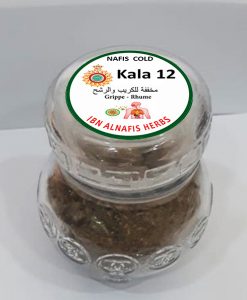
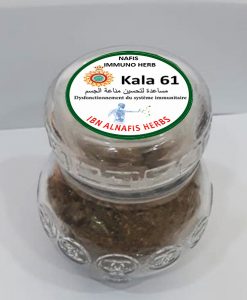
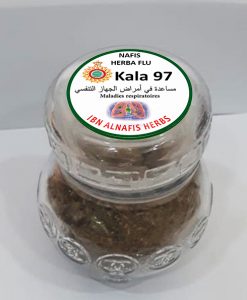

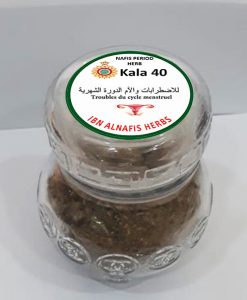

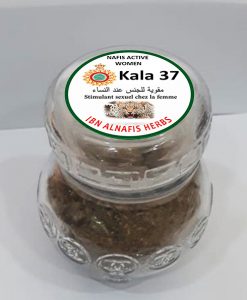
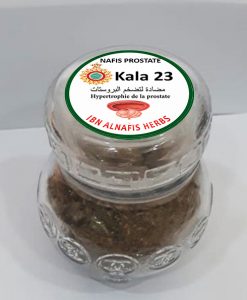
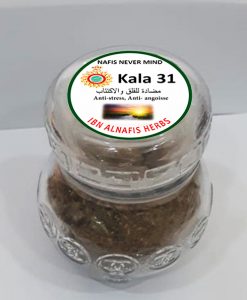
Reviews
There are no reviews yet.